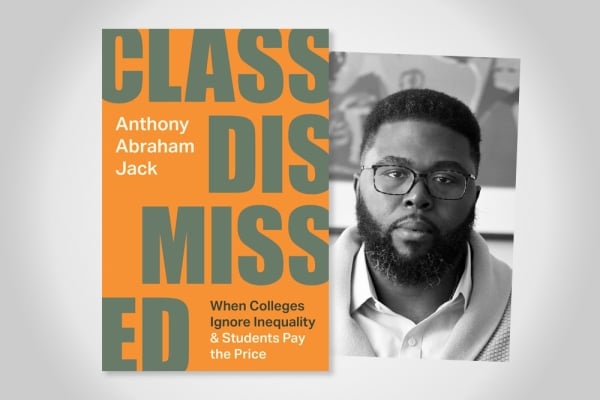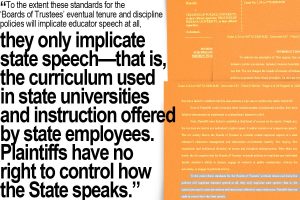In recent years, there has been a growing discussion about the concept of the “campus bubble” – the idea that college campuses are isolated from the outside world, creating an insular environment that shields students from reality. However, many are now challenging this notion, arguing that college campuses are more connected to the world than ever before.
The concept of the campus bubble dates back to a time when campuses were seen as enclosed spaces where students could live and learn without outside distractions. In this view, students were sheltered from the real world, shielded from the everyday challenges and responsibilities that come with adulthood. However, this perspective is increasingly being challenged by the growing interconnectedness of the world.
With the rise of technology and social media, students are more connected to the outside world than ever before. They are able to stay informed about current events, engage in global conversations, and connect with people from diverse backgrounds. In addition, many campuses now offer programs that encourage students to engage with the community and take on real-world challenges through internships, service-learning projects, and research opportunities.
Furthermore, the campus bubble myth fails to take into account the diverse experiences and perspectives that students bring with them to college. Many students come from different socio-economic backgrounds, cultures, and regions, bringing a wealth of knowledge and experiences that enrich campus life. This diversity challenges the idea of a homogenous campus bubble and creates a dynamic and vibrant community.
It is also important to recognize that college campuses are not immune to the challenges and issues facing the outside world. Students are still impacted by issues such as racism, sexism, and economic inequality, and many universities are taking steps to address these issues through initiatives that promote diversity, equity, and inclusion.
Overall, bursting the idea of the campus bubble requires a shift in perspective. Rather than seeing campuses as isolated bubbles, we should view them as dynamic and interconnected spaces that are deeply embedded in the world around them. By embracing this perspective, we can create more inclusive and engaged communities that prepare students to be active and informed citizens in an increasingly complex and interconnected world.



